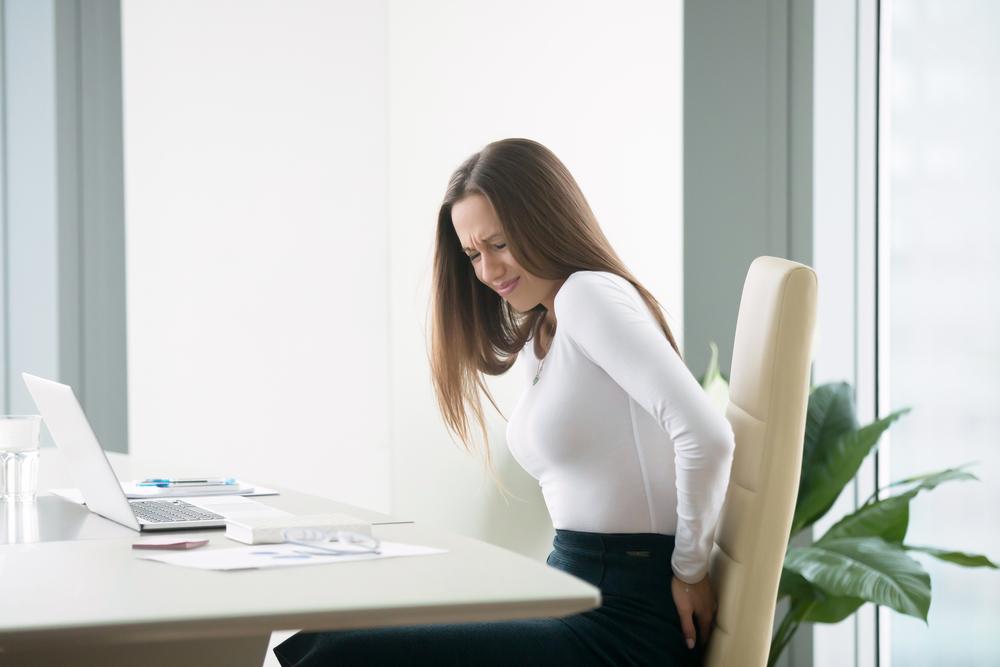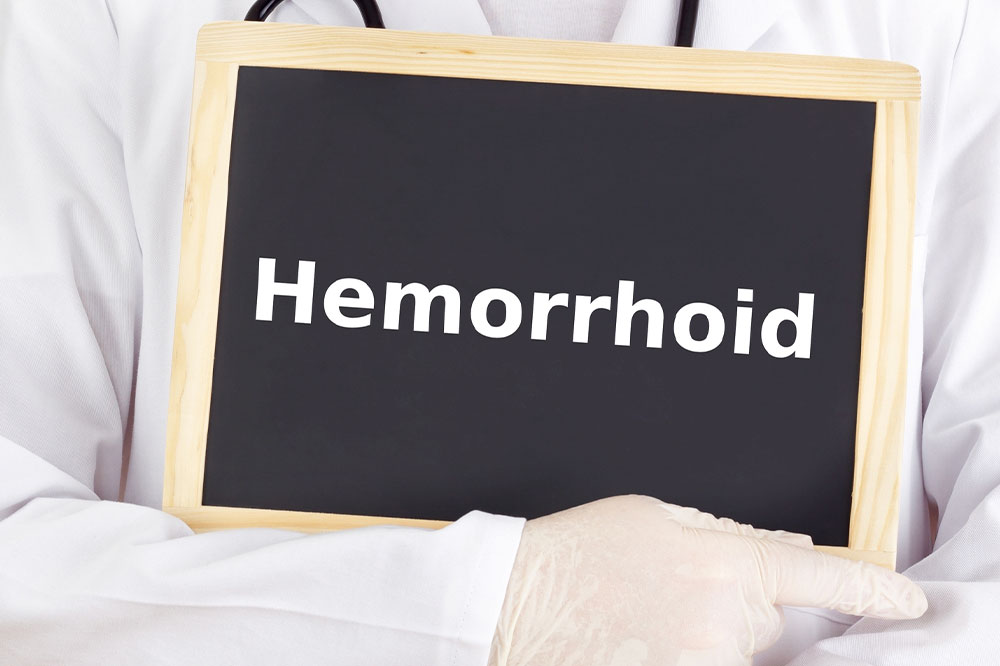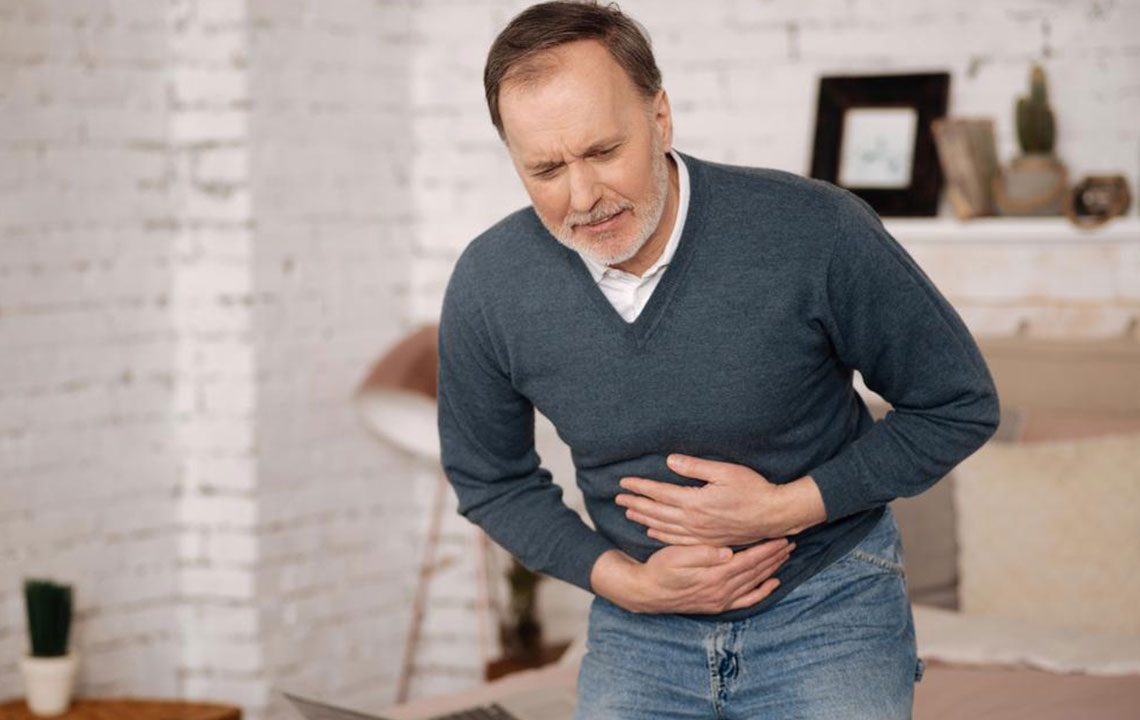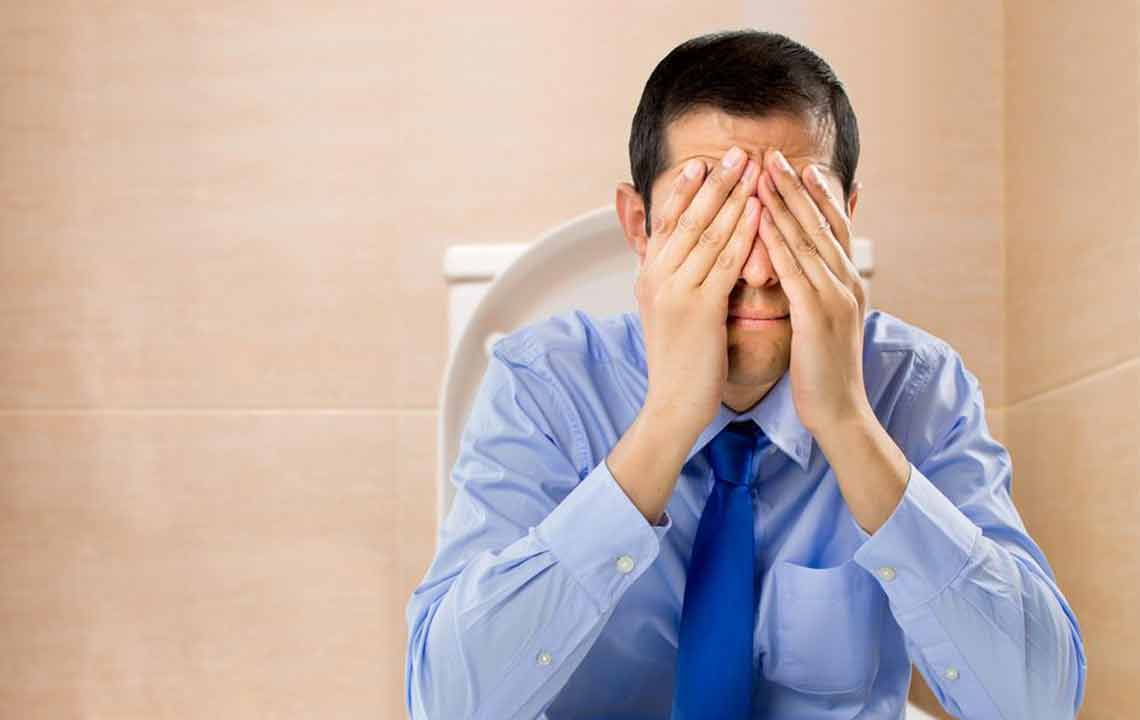Effective Strategies for Managing Hemorrhoids
Discover effective treatments for hemorrhoids, from lifestyle changes and dietary tips to medical procedures like hemorrhoidectomy. Proper diagnosis and timely intervention can alleviate discomfort, bleeding, and itching associated with this common condition. Learn about home remedies, OTC solutions, and when surgery is necessary to ensure optimal relief and health.

Effective Strategies for Managing Hemorrhoids
Common approaches to treat hemorrhoids
Hemorrhoids, also known as piles, are a widespread condition where swollen veins develop around the anus or rectum. Despite its prevalence, many patients feel hesitant to discuss it openly. These swellings can result from various factors, including increased pressure in the rectal area. While the exact cause remains unclear, factors like pregnancy and chronic constipation are often linked. Hemorrhoids can present with or without symptoms, but common signs include bleeding and itching near the anal region.
Management options for hemorrhoids vary from simple home remedies to medical procedures, such as draining blood clots. They are categorized as external, internal, or thrombosed hemorrhoids, depending on their location. Correct diagnosis of the hemorrhoid type is essential for effective treatment. Internal hemorrhoids develop inside the rectum, while external hemorrhoids appear on the skin around the anus. Symptoms like pain, bleeding, and itchiness are common among all types.
Bleeding during bowel movements, usually painless, is a hallmark sign of hemorrhoids. Swelling and discomfort around the anal area also indicate their presence. Internal hemorrhoids are typically hidden and may cause bleeding due to strain during bowel movements, sometimes protruding when strained excessively. External hemorrhoids, located around the anus, can cause pain and bleeding as well. Besides constipation and pregnancy, factors like obesity, low-fiber diets, and prolonged strain can contribute. Aging also weakens anal muscles and veins, increasing susceptibility.
To eliminate hemorrhoids, effective measures include increasing fluid intake and eating high-fiber foods, which soothe symptoms remarkably. Doctors may recommend fiber supplements like Citrucel, which should be taken with ample water to prevent worsening symptoms. Medical exams are crucial to identify hemorrhoid types and rule out other conditions. Procedures like proctoscopy and digital rectal exams help determine size and location, guiding treatment choices.
Over-the-counter remedies such as topical creams, gels, wipes, and ointments provide relief. For internal hemorrhoids, a special applicator may be used. Dietary modifications to enhance fiber intake are vital, especially since many Americans consume insufficient fiber. Occasionally, stool softeners are prescribed. Warm sitz baths lasting 10-15 minutes multiple times daily can ease itching and irritation while promoting healing; thorough drying afterward is recommended. In severe cases, hemorrhoidectomy, a surgical removal of hemorrhoids, offers a definitive solution but involves post-surgery pain management, often with strong painkillers.










